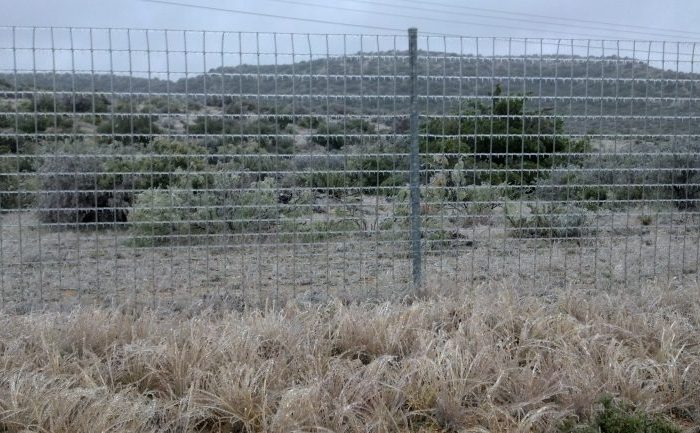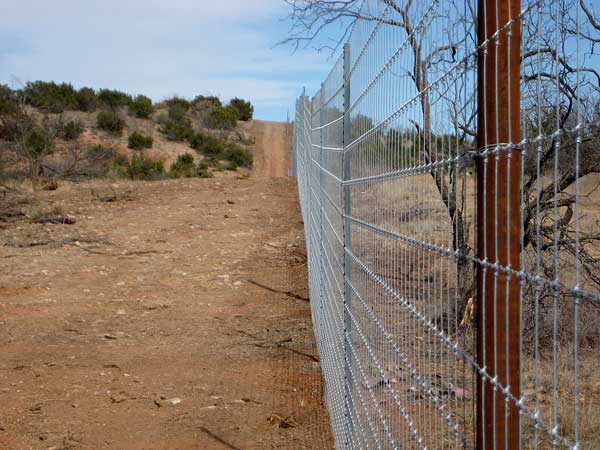Deer fencing is an essential measure for homeowners, farmers, and ranchers looking to protect their property from the habitual wanderings and appetites of deer. Knowing the best time to install a deer fence can make a significant difference in its effectiveness and longevity. Let’s explore the optimal seasons for installing a deer fence, with expert advice from deer fence contractors.
Summer for Protecting Growing Crops
Summer is a season of abundant growth, making it a prime time for deer to feed on lush vegetation. Installing a deer fence during early summer can protect blooming plants and prevent deer from establishing a feeding pattern in your yard. However, the warmer weather can also pose challenges for installation, such as harder ground and the need for hydration breaks for the installers.
Fall When Preparing for Rut Season
Fall is an important time to consider deer fencing as it coincides with the rutting season. During this period, male deer become more aggressive and are likely to venture into new territories, increasing the chances of encountering your property. Installing a fence in early fall can act as a proactive barrier, reducing the likelihood of deer damaging your landscape or garden during this active period.
Off-Season Installation in Winter
Winter might seem an unconventional time for outdoor installations, but it offers unique advantages for deer fence setup. The dormant period for most plants means less disruption to your property. Additionally, the reduced foliage provides clearer lines of sight, making it easier to plan and install the fence. However, frozen ground and harsh weather conditions can be challenging, so it’s important to consult with professional contractors for advice.
Install in the Spring for the Ideal Season and Prevent Early Damage
Spring is often considered the ideal time to install a deer fence. As vegetation begins to grow, deer start to explore new food sources, and a newly erected fence can deter them from making your property their regular dining spot. Installing in spring also allows the fence to settle and strengthen before the more challenging weather conditions of summer and fall.
Contact LE Fence to Speak with Our Deer Fence Contractors About an Installation for Your Property
Understanding the best time to install a deer fence is just the beginning. Professional advice and installation can make sure that your fence is effective, durable, and appropriate for your specific needs. LE Fence’s experienced deer fence contractors can guide you through the entire process, from choosing the right materials to finding the optimal time for installation. Contact us to discuss how we can help protect your property from deer intrusion throughout the year with a high game fence in Texas.


